Israel-engineered terrorism in Aleppo shows Syria's key role in Axis of Resistance
By Ghadir Khumm
Following the cessation of Israeli hostilities in Lebanon with a ceasefire on November 27, residents of south Lebanon, along with those from other affected regions, were finally able to return to their homes.
However, certain border villages and towns have been classified as "high-risk" areas due to heightened security concerns, rendering them inaccessible for the time being.
There have even been reports about Israeli occupation forces stationed at the border opening fire at Lebanese people who tried to return to their homes after the ceasefire.
Meanwhile, a ceasefire in Lebanon coincided with the intensification of violent aggression in western Aleppo, where the Syrian Arab Army (SAA) is currently engaged in confrontations against Israel-backed Takfiri terrorists incorrectly described in mainstream media as Syrian “rebels.”
These terrorist groups, operating in Syria under the umbrella of Hayat Tahrir Al Sham, are supported by the Israeli regime and Western powers and represent a broader geopolitical dynamic at play.
The Zionist entity’s recent disgraceful defeat in southern Lebanon after nearly 70 days of unchecked aggression, marked by its inability to penetrate Lebanese territory due to Hezbollah’s adept military maneuvers, prompted a strategic recalibration.
To salvage its already tattered image, the Israeli regime is now pursuing new fronts of war, aiming to disrupt critical supply chains facilitating the transfer of arms to the Lebanese resistance.
This escalation follows a pointed warning from the Zionist entity’s Prime Minister, Benjamin Netanyahu to Syrian President Bashar al-Assad, telling him “You’re playing with fire.”
Netanyahu’s statement, made in the aftermath of the ceasefire in Lebanon and admission of defeat against Hezbollah, directly references Syria’s crucial role in helping the Axis of Resistance.
“The US is absolutely in favor of what is happening in Syria”@LindseySnell says terrorist groups like HTS serve as direct or indirect proxies for US strategy in Syria. pic.twitter.com/f9cuup7WtE
— Press TV 🔻 (@PressTV) November 30, 2024
Syria’s role in the Axis of Resistance
Syria plays a pivotal role within the Axis of Resistance, serving as a key supporter of both Hezbollah and Palestinian resistance factions by facilitating the transfer of weapons and resources.
Beyond its logistical contributions, Syria also hosts critical research facilities in the city of Aleppo, underscoring its strategic importance to the broader resistance network. Furthermore, Syria remains a frontline state in the struggle against Western-backed proxies, which aim to gain control of Aleppo and undermine President Bashar al-Assad’s democratically-elected government in Damascus.
These dynamics highlight Syria’s dual role as both a logistical hub and a steadfast actor in resisting external attempts to destabilize the region.
Syria’s arms depots, consisting of domestically manufactured weapons as well as supplies procured from other countries, have been instrumental in supporting Hezbollah’s operations in Lebanon.
Over the last decade, Syrian research facilities and scientific research centers dedicated to weapons development have been repeatedly targeted by the enemy.
This has included airstrikes on strategic sites and the targeted killings of key personnel involved in coordinating arms transfers. In recent weeks, these attacks have intensified, signaling a deliberate effort to weaken Syria’s military infrastructure and its role in sustaining the resistance.
At the same time, resistance forces are positioned in Aleppo to counter the growing threat of enemy-backed proxies in and from northern Syria. These proxies are attempting to overextend the resistance and cut off essential supply routes, further illustrating the interconnected nature of the regional war.
“Syria targeted over its support for resistance”
— Press TV 🔻 (@PressTV) November 30, 2024
Iranian Ambassador to Syria @Ambassador_HA states that the advanced and unprecedented weapons used by terrorist groups in Syria indicate their foreign links. pic.twitter.com/IuU5Cs8svS
Why did Syria refrain from entering war?
The argument that Syria did not enter the war against the Zionist regime is rooted in the complex realities of its domestic and regional circumstances.
Syria refrained from direct involvement alongside Hezbollah or Palestinian resistance factions because it is deeply engaged in its own internal battles, fighting terrorist forces within its borders. Despite this, Syria has continued to serve as a critical supplier of weapons to the resistance front.
For instance, when Hezbollah targeted the Israeli regime’s Tel Nof airbase, it used a modified version of the 302-mm Syrian M-302 Khaibar-1 Multiple Launch Rocket System (MLRS) with a declared range of up to 225 km, referred to as the “Fadi-6.”
This adaptation, provided by Syria, included extending the rocket's range and reducing the warhead's weight, resulting in a total weight of 650 kg and a 140 kg warhead.
Additionally, a military video released by Hezbollah on November 3 highlighted its underground facilities and reinforced its commitment to resistance.
“We will not leave the battlefield... We will not lay down our weapons," it stated.
The footage showcased “Fadi-4” rockets, derived from Syria’s Khaibar-1, alongside AKS-74U carbines, further demonstrating Syria’s contributions to the Lebanese resistance’s arsenal.
There have also been repeated discoveries of weapons by the IOF during their infiltration of warehouses and buildings in southern Lebanon. Among these findings were weapons of Russian origin, previously identified as being used by the Syrian Arab Army.
These discoveries further underscore Syria’s deep involvement and unwavering support for Hezbollah, demonstrating the extent of its commitment to the resistance.
Iran's Foreign Minister Abbas Araghchi says the resurgence of Takfiri terrorism in northern Syria is part of an American-Israeli project that aims to spread insecurity in the West Asia region.
— Press TV 🔻 (@PressTV) December 1, 2024
Read more: https://t.co/5gpZMBreWz pic.twitter.com/0LDyYupaow
Israel’s terror operations in Syria (2022–2024)
Between 2022 and 2024, Israel’s operations in Syria largely focused on dismantling the country’s air defenses, radar systems, and military research facilities.
It systematically targeted critical components of Syria’s military infrastructure, including scientific research centers, defense laboratories, and weapons depots. These sites are essential for Syria’s military development and strategic capabilities.
In early November 2024, for example, Israel launched an attack on a scientific research facility and defense laboratories of the Syrian Arab Army near Al-Safira in the Aleppo countryside.
These facilities are not only critical bridges for the transfer of weapons but also central to Syria’s broader role in supporting the resistance. Syria’s scientific research centers, defense laboratories, and military manufacturing facilities form the backbone of its defense capabilities, enabling the production of weapons ranging from bullets to missiles and artillery.
"An Israeli plot to break up the alliance between Iran and Syria so that weapons cannot get to Hezbollah"
— Press TV 🔻 (@PressTV) November 30, 2024
Syrian activist @Partisangirl describes the recent offensive in Syria as an "Israeli plot", adding that the hysteria regarding the terrorists' success will calm down. pic.twitter.com/zNLsxStNbK
Humiliation in Lebanon fuels Zionist-proxy violence in Syria
Israeli regime’s recent actions can be characterized as defeatist, reflecting its acknowledgment of losing the war in Lebanon against the Lebanese resistance before it even began.
Its escalations in Syria are not only attempts to regain some semblance of control but are also aimed at undermining Hezbollah’s resistance capabilities.
However, the SAA remains steadfast in its defense of the Syrian people and its support for the Axis of Resistance. The freedom fighters in Syria are deeply loyal to President Bashar al-Assad and inspired by the martyrdom of iconic leaders such as Sayyed Hassan Nasrallah.
Over the past decade, Syria has significantly bolstered the resistance in Lebanon, including advancements in drone and missile technology for Hezbollah.
In parallel, an intense propaganda campaign against the SAA is in full swing, similar to those launched against the Arab country beginning in 2011.
Such efforts aim to delegitimize Syria’s role in the resistance axis and weaken its influence.
Yet, history demonstrates that when an enemy resorts to these strategies in the aftermath of a defeat, it is often only a matter of time before it faces another failure.
Syria’s resilience and its strategic alliances continue to thwart the Tel Aviv regime’s attempts to destabilize the region, and the enduring battle for a liberated Palestine continues.
Ghadir Khumm is a university student in Canada pursuing a master’s degree. She focuses on postcolonial studies, dedicates her time to international relations, and crafts insightful political analyses on global issues.
(The views expressed in this article do not necessarily reflect those of Press TV
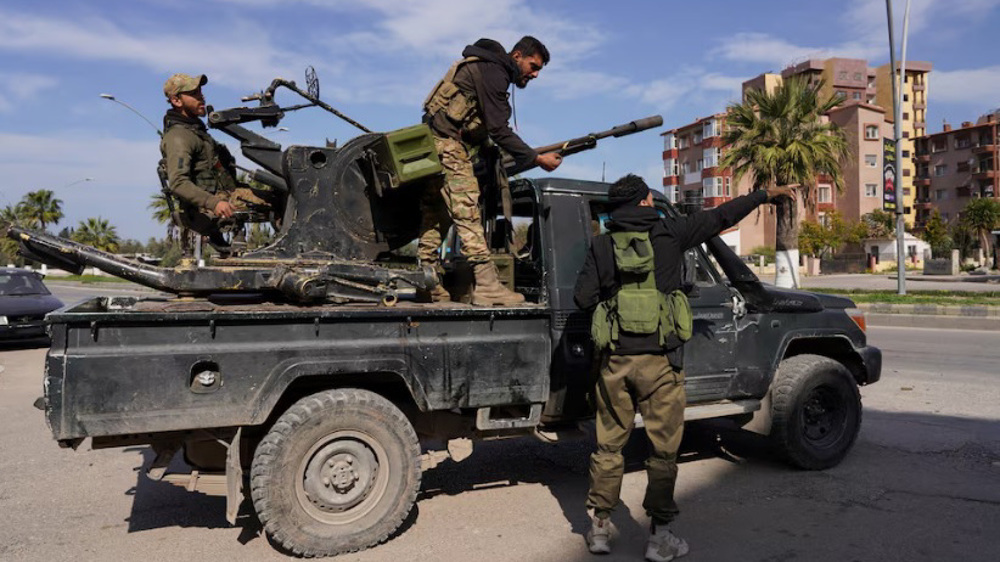
US embassy in Syria tells Americans to leave, warns of increased risk of attacks
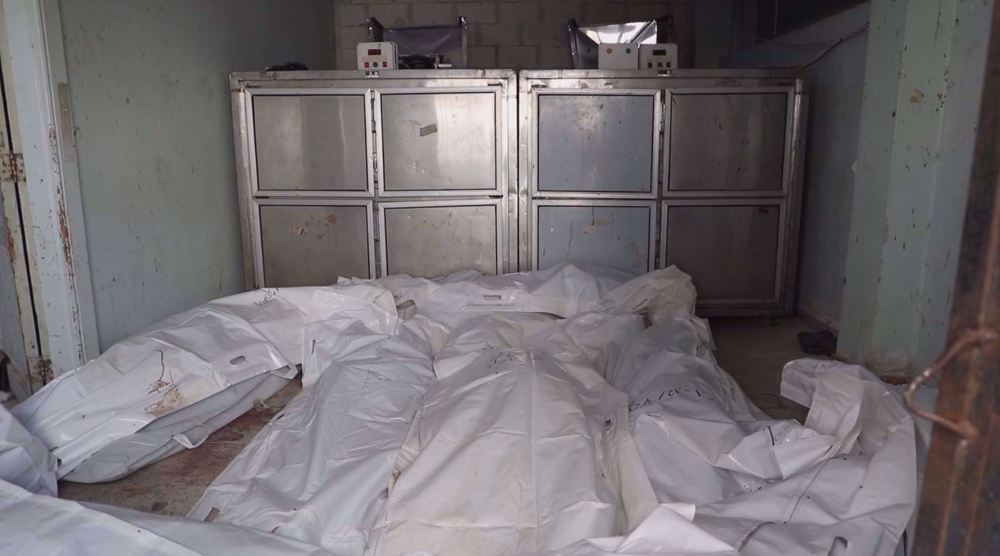
Survivors recount traumas of HTS massacres in Syria
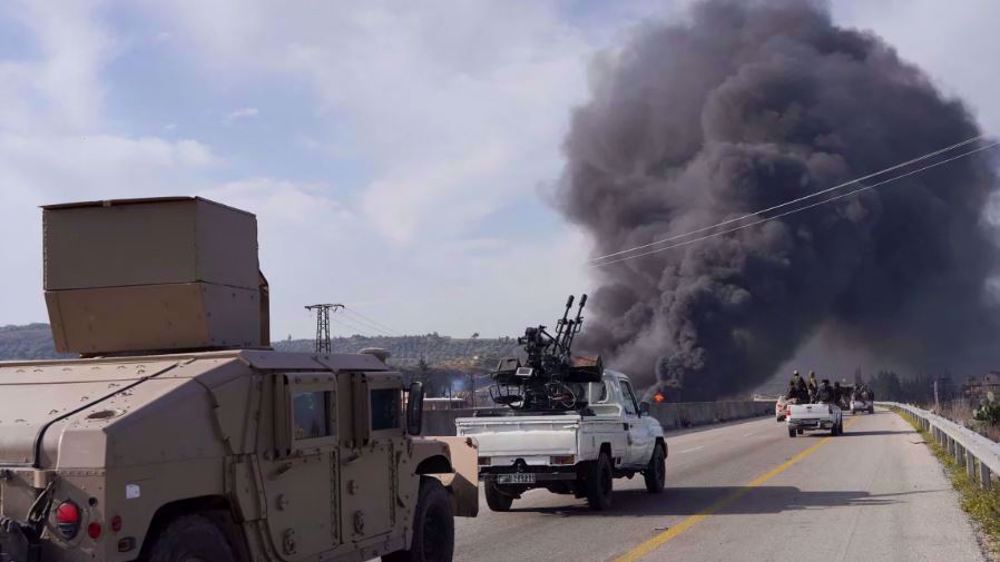
US intelligence agencies blame HTS administration for massacres in Syria
Eid al-Fitr celebrated in Iran, other countries as holy month of Ramadan comes to a close
VIDEO | Land Day protest in New York for Palestine
VIDEO | Press TV's news headlines
VIDEO | Austrian petition demands expulsion of Israeli envoy
American warplanes bomb Yemeni capital 13 times
VIDEO | Palestinians mourn loved ones on day of Eid
Defying ICC arrest warrant, Hungary scheduled to host Netanyahu
VIDEO | 'Israeli regime deliberately targets health workers'







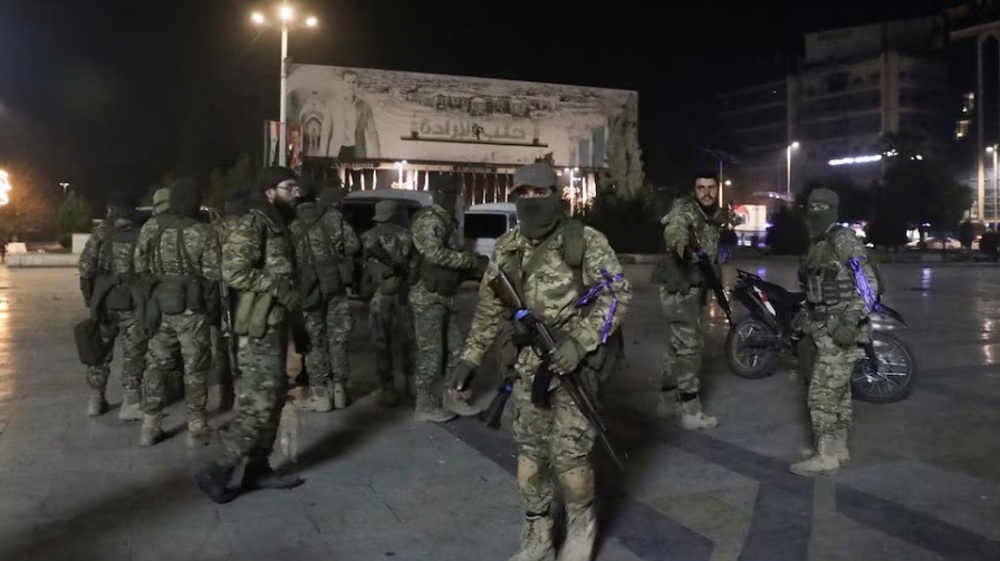

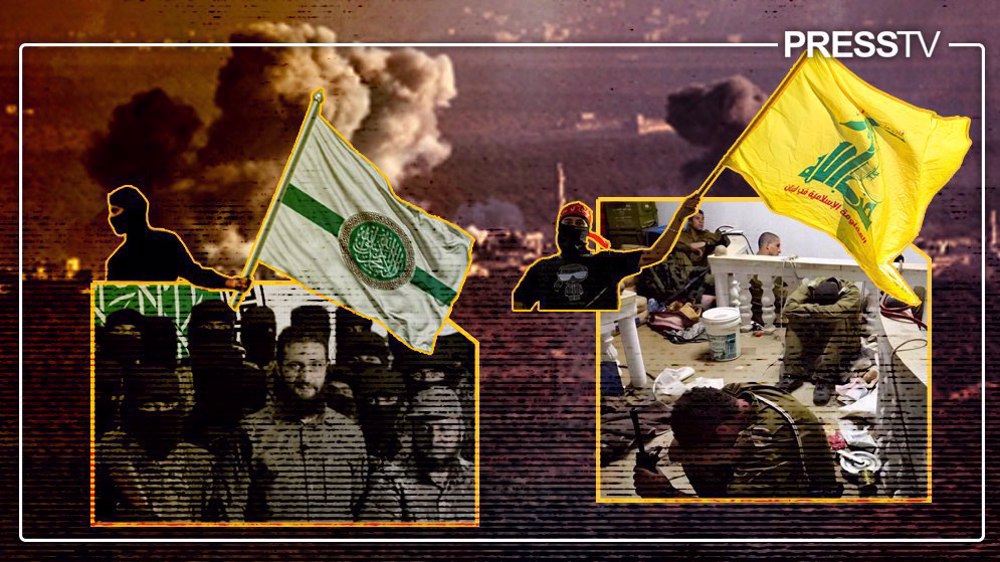
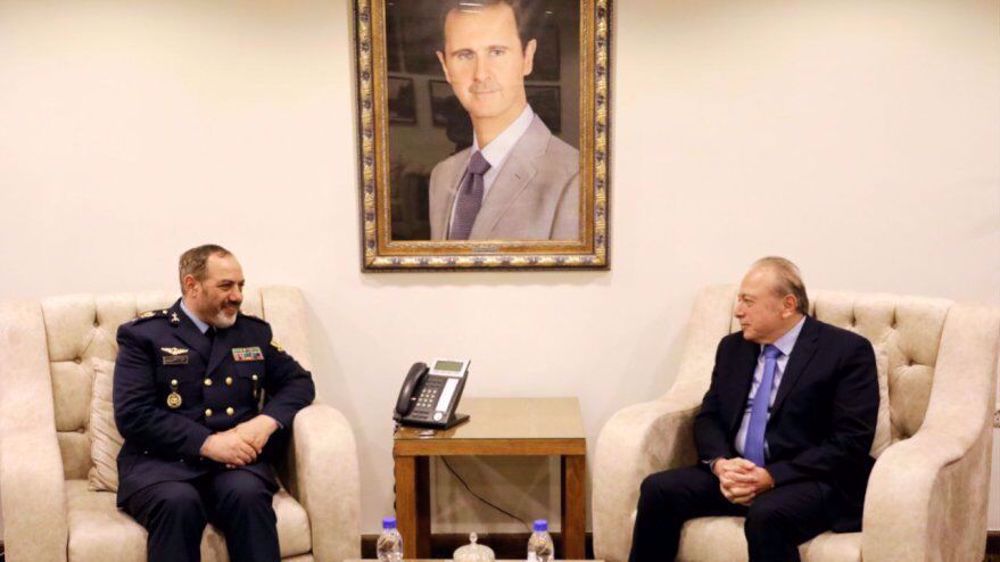

 This makes it easy to access the Press TV website
This makes it easy to access the Press TV website